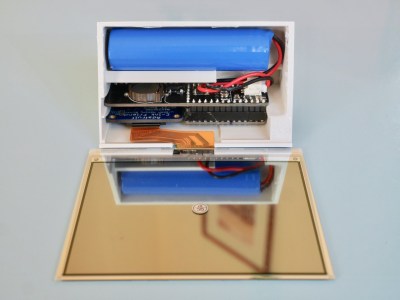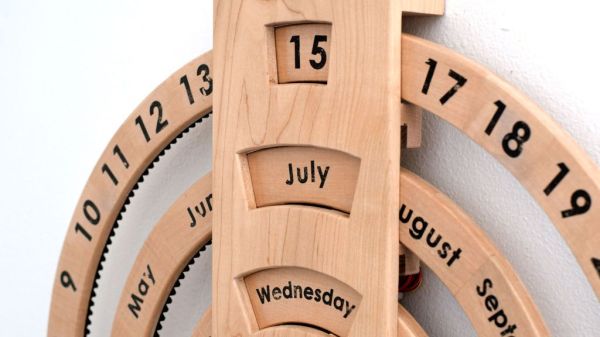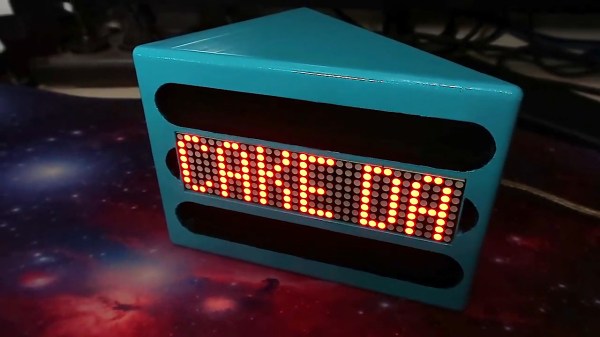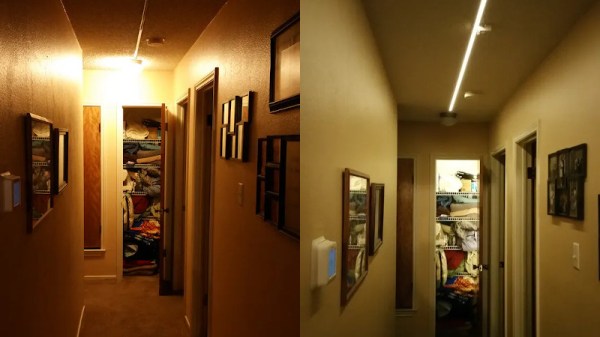Interactive artist [Daric Gill] wrote in to share the incredible electronic sculpture he’s been working on for the past year. It’s called the Circadian Machine, and it’s a sensor-enabled mindfulness music-and-lights affair that plays a variety of original compositions based on the time of day and the circle of fifths. This machine performs some steady actions like playing chimes at the top of each hour, and a special sequence at solar noon.
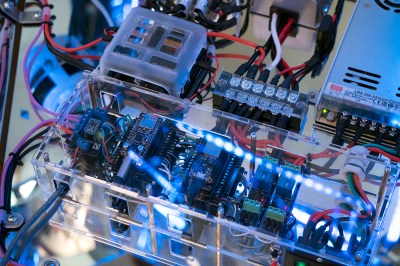 This cyberpunk-esque truncated hexagonal bi-pyramid first geolocates itself, and then learns the times for local sunrise and sunset. A music module made of a Feather M4 Express and a Music Maker FeatherWing fetches astronomical data and controls the lights, speakers, and a couple of motion sensors that, when tripped, will change the lights and sounds on the fly. A separate Feather Huzzah and DS3231 RTC handle the WiFi negotiation and keep track of the time.
This cyberpunk-esque truncated hexagonal bi-pyramid first geolocates itself, and then learns the times for local sunrise and sunset. A music module made of a Feather M4 Express and a Music Maker FeatherWing fetches astronomical data and controls the lights, speakers, and a couple of motion sensors that, when tripped, will change the lights and sounds on the fly. A separate Feather Huzzah and DS3231 RTC handle the WiFi negotiation and keep track of the time.
On top of the hourly lights and sound, the Circadian Machine does something pretty interesting: it performs another set of actions based on sunrise and sunset, basically cramming an entire day’s worth of actions between the two events, which seems like a salute to what humans do each day. Check out the build notes and walk-through video after the break, then stick around for the full build video.
The internet is rife with information just begging to be turned into art. For instance, there are enough unsecured CCTV cameras around the world with primo vantage points that you can watch a different sunrise and sunset every hour of every day.
Continue reading “Mirrored Music Machine Reflects Circadian Rhythms”



